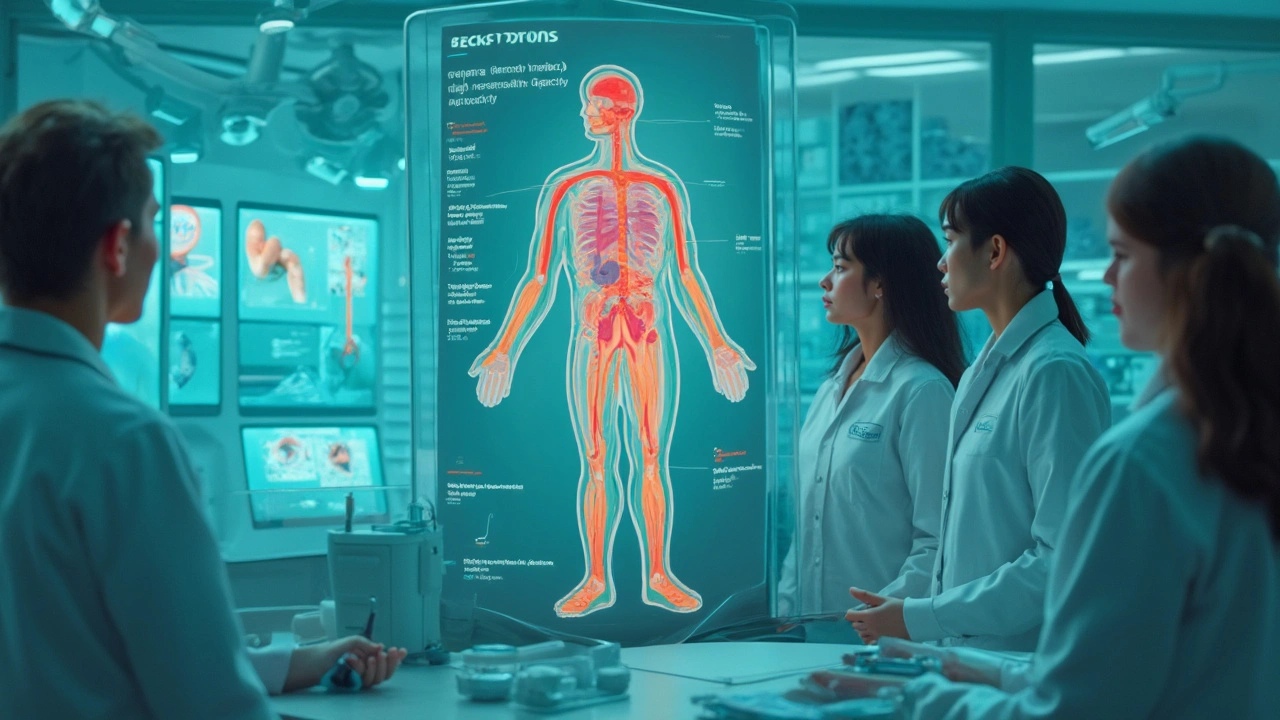- Lifetime Savings: How Generics Cut Chronic Condition Costs Forever Dec 1, 2025
- Temovate (Clobetasol) vs Alternatives: Potency, Uses & Safety Comparison Sep 24, 2025
- Conductive Hearing Loss: Understanding Middle Ear Problems and Surgical Solutions Nov 26, 2025
- Comprehensive Guide on Ciprofloxacin: Uses, Dosage, and Side Effects Jan 4, 2024
- Placebo Effect with Generics: Why Your Mind Makes Generic Drugs Feel Less Effective Dec 3, 2025
Cilostazol: What It Is, How It Works, and Practical Tips
If you’ve been told to take cilostazol, you probably have peripheral artery disease (PAD) or a similar circulation problem. This medicine is meant to keep blood moving smoothly in the legs, reducing pain when you walk. It’s not a painkiller – it works by changing how your blood vessels react, making them wider and preventing tiny clots from forming.
How Cilostazol Works and Who Should Use It
Cilostazol belongs to a group called phosphodiesterase‑3 (PDE‑3) inhibitors. By blocking this enzyme, the drug raises levels of a chemical called cAMP in the walls of blood vessels. Higher cAMP relaxes the muscles, so the vessels widen and blood can flow more easily. At the same time, it stops plate‑lets from sticking together, which reduces the chance of small clots that can block flow.
Doctors usually prescribe it for people with PAD who have leg pain (claudication) during walking. It’s most helpful when you’re already exercising or doing a walking program. If you have severe heart failure, uncontrolled high blood pressure, or bleeding disorders, cilostazol may not be safe. Always tell your doctor about any heart issues before you start.
Dosage, Side Effects, and Safety Tips
The typical dose for adults is 100 mg taken twice a day, about 12 hours apart. Take it with food to lower stomach upset. If you miss a dose, take it as soon as you remember – but never double up.
Common side effects include headache, dizziness, and an upset stomach. Some people notice a fast or irregular heartbeat; if that happens, call your doctor right away. Rarely, cilostazol can cause bleeding problems or severe low blood pressure. Keep an eye on any new bruising or unusual bleeding.
Because it can affect blood clotting, avoid taking aspirin or other blood thinners unless your doctor says it’s okay. Alcohol can increase the risk of dizziness, so limit drinking while on this medication.
When you start cilostazol, your doctor may want to check your blood pressure and heart rate after a few weeks. Regular follow‑ups help catch any issues early. If you feel any new chest pain, shortness of breath, or swelling in your legs, seek medical help promptly.
In short, cilostazol can be a helpful tool for walking pain caused by PAD, but it works best when paired with a good exercise routine and a healthy lifestyle. Stay active, eat a balanced diet, and keep your doctor in the loop about any changes. With the right approach, you can improve circulation and enjoy more comfortable walks.
Cilostazol: A Secret Weapon Against Restenosis After Angioplasty
- Elara Huxleigh
- Mar 9, 2025
Cilostazol is a game-changer in preventing restenosis, a common complication post-angioplasty. This medication works by inhibiting platelet aggregation and promoting blood vessel health, reducing the likelihood of arteries narrowing again. With its unique mechanism, cilostazol offers hope for better recovery and fewer repeat procedures for patients. Discover how cilostazol is making strides in cardiovascular treatment and what it means for those undergoing angioplasty.
